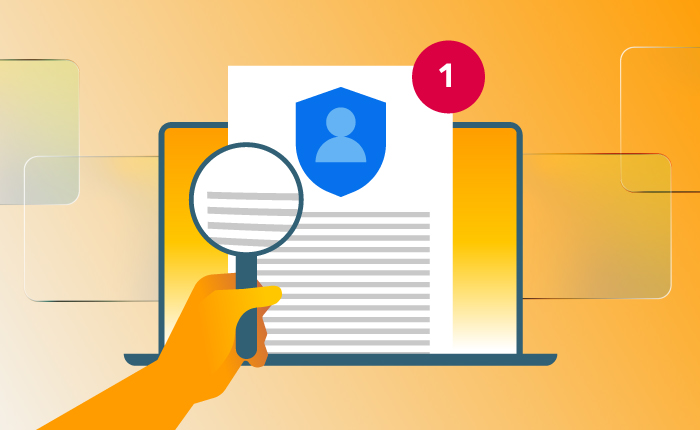

The digital age is heightening consumer privacy awareness and the desire for transparent privacy practices . Personal information is constantly being collected and shared making privacy protection a significant concern. Data subjects want to know how companies are conducting data collection and data processing activities , and what measures are in place to safeguard their information. This is where a privacy notice comes into play. This piece explores what a privacy notice is, what it should include, the difference between a privacy notice and a privacy policy, and the specific legal requirements for privacy notices under the General Data Protection Regulation ( GDPR ) and the California Consumer Privacy Act ( CCPA ).
A privacy notice , also known as a privacy statement or a privacy policy notice, is a document informing individuals — data subjects — about how an organization is collecting, processing, and using their personal data . A notice serves as a transparent communication tool providing individuals with an understanding of their privacy rights and the control they have over their personal information.
Privacy notices outline the types of data collected, the purpose of the data collection , the retention period, and if third parties are involved in data sharing. These notices also inform individuals about their privacy rights, like the right to access, rectify, delete, and restrict the processing of their personal data .
By providing this information, a privacy notice establishes and builds trust between organizations and individuals. This helps ensure individuals are aware of how their data is handled and gives them the ability to make informed privacy decisions.
A comprehensive privacy notice should include the following elements:
The terms “privacy policy” and “ privacy notice ” are often used interchangeably, but they serve different purposes.
A privacy policy is a comprehensive and often complex internal document outlining an organization’s overall approach to data privacy . It provides overarching information about how personal data is collected, used, stored, shared, and protected, but also typically covers a wide range of topics. Topics range from data retention periods and information security measures to third-party disclosures and individual rights.
While similar, a privacy notice focuses specifically on providing transparent information to individuals outside of the organization, like customers, about the processing of their personal data in a user-friendly format. It’s usually a more concise document highlighting key information like the types of data collected, the data processing purpose, and data subject rights.
The privacy notice aims to communicate the organization’s data practices in a clear and accessible manner, ensuring that individuals are informed about how an organization uses their personal information.
The GDPR enforces stringent privacy regulations for organizations operating in the European Union (EU) or processing the personal data of EU residents. Under the GDPR , privacy notices must meet certain regulatory requirements, including:
The CCPA aims to protect the privacy rights of California residents and give them control over their personal information. The CCPA was recently amended by the California Privacy Rights Act ( CPRA ), and privacy notices under the CCPA must comply with certain regulatory requirements, including:
Overall, the privacy notice requirements under California privacy law aim to enhance transparency, consumer control, and the protection of personal information.
In an era where data privacy is paramount, privacy notices play a crucial role in providing individuals with transparency and control over their personal information. By understanding what a privacy notice is, what it should include, and the specific regulatory requirements for privacy notices under laws like the GDPR and CCPA , organizations can demonstrate their commitment to protecting individuals’ privacy rights.
Being aware of privacy rights and reading privacy notices empowers individuals to make informed decisions about the use of their personal data , and about the organizations they choose to do business with.
Unpack the most important CCPA updates to explore how you can best prepare your privacy and data protection program.
Learn More
Get data privacy updates sent straight to your inbox.
Thanks for subscribing!